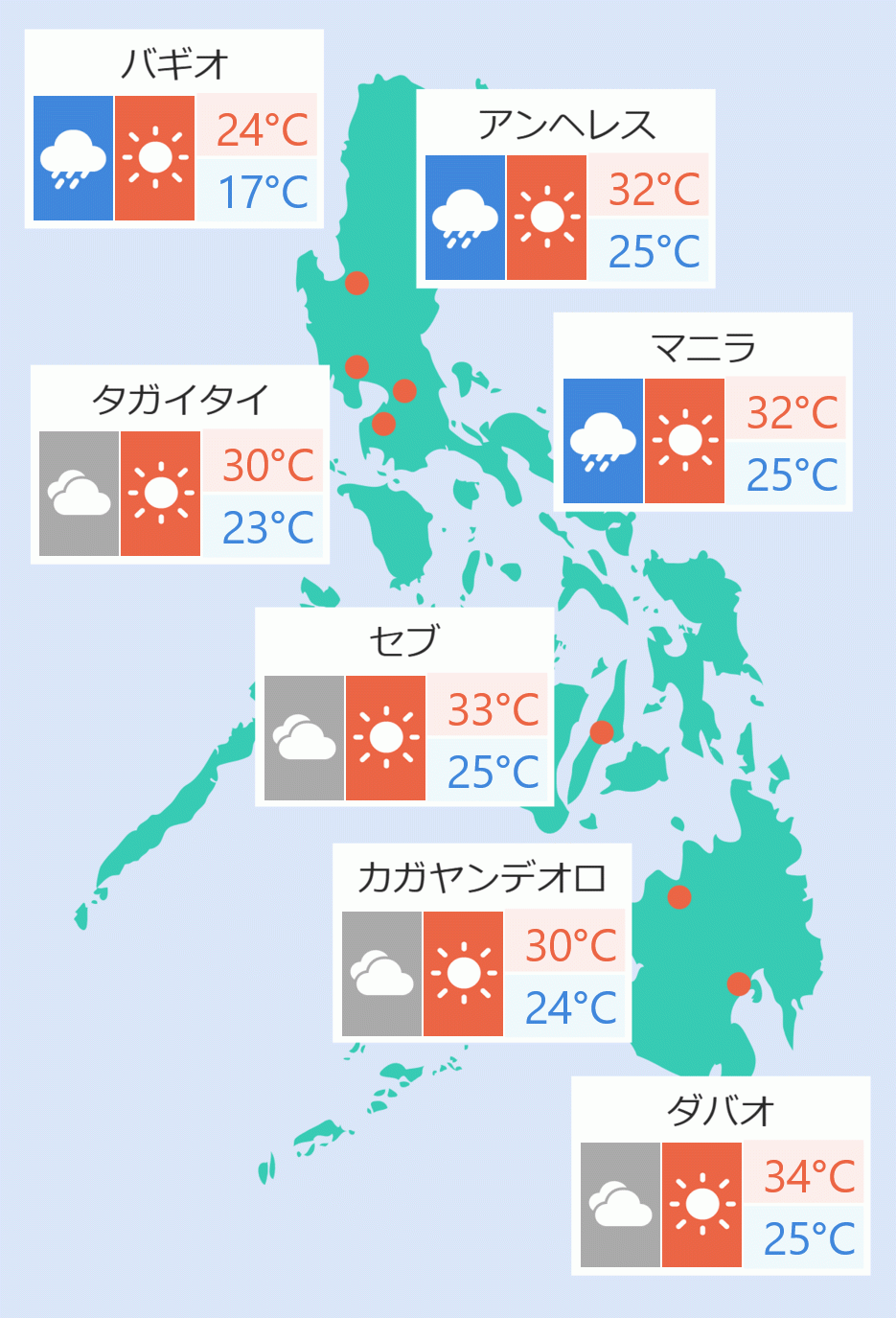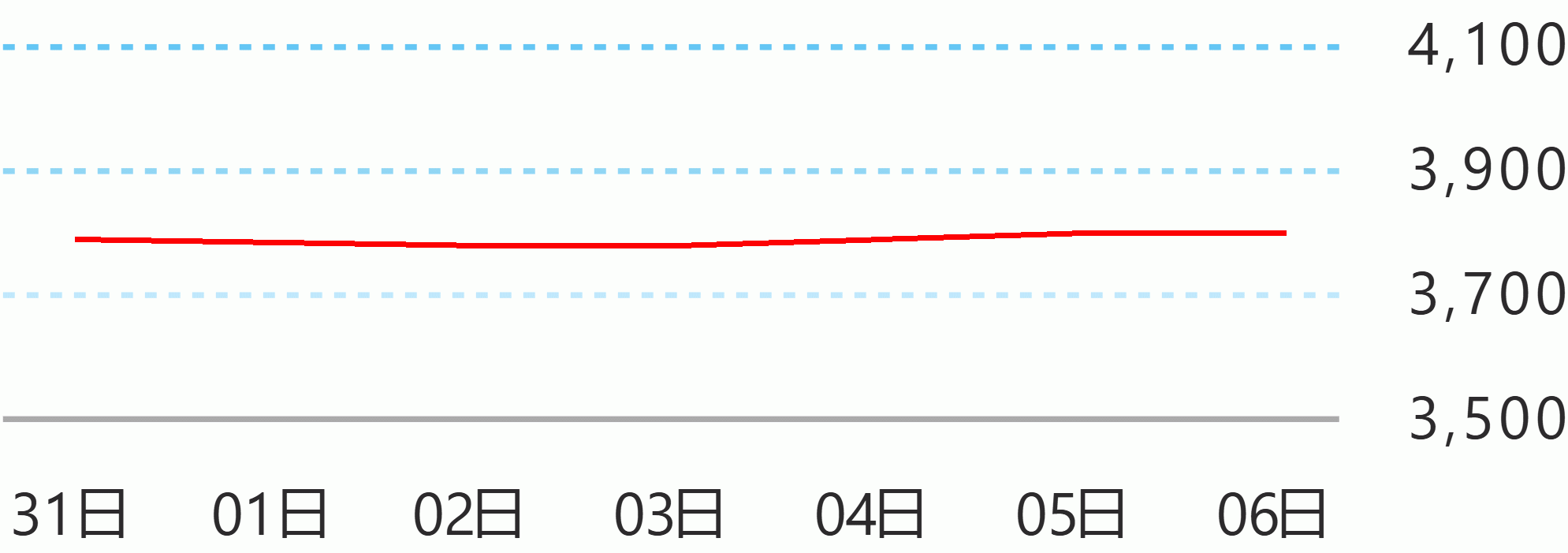Marijuana is now the most abused illegal drug by users in the Philippines.
The locally grown cannabis or marijuana dislodged the erstwhile drug of choice -methamphetamine hydrochloride, or shabu, both on the demand and the supply side.
“Marijuana is now the dominant drug in the country as shown by the massive volume seizures in 2021 and the survey result of the Dangerous Drugs Board (DDB) in 2019,” said PDEA Director General Undersecretary Wilkins Villanueva in a press statement Friday.
The illegal hemp gets the lion’s share by registering 83 percent of the reported total bulk weight of drug seizures in 2021, and coming as a distant second is shabu at 17 percent.
The Dangerous Drugs Board survey also shows that marijuana is the most commonly abused dangerous drug (57 percent) followed by shabu (35 percent).
In 2021, more than 11 tons of marijuana were confiscated- one of the highest consolidated volumes of marijuana seizure ever recorded.
“This may indicate two things: interception and enforcement efforts are efficient; and cannabis cultivators and distributors are ramping up their drug trafficking activities to meet surging demand,” Villanueva said.
One of the attributing factors why marijuana rose to the top spot is because of the persistent demand for the use of the controlled plant even amid pandemic.
Majority of the marijuana users belonging to the younger generation do not perceive the drug as harmful but rather beneficial, placing them at greater risk associated with its chronic use.
“There is a growing acceptance in the marijuana drug business, and it is prudent to come up with an assessment that the supply is abundant because its demand in the market is high. When the supply is higher, the chances of detection is also higher as manifested by the high-volume marijuana confiscation by authorities,” Villanueva pointed out.
Marijuana plant thrives in high altitude and mountainous areas of the country, and remains to be the only illegal drug locally produced for domestic consumption. Majority of the marijuana plantation sites eradicated were found in the tri-boundaries of Ilocos Sur, La Union and Benguet.
The ease of cultivating marijuana is critical for this drug to thrive in the illegal drug trade. Unlike shabu, marijuana does not require precursors, huge labor and technical expertise. Instead, cultivators need seeds and plantation sites. Marijuana growers can leave their fields only to return during harvest time.
On the other hand, some reports indicated that local marijuana cultivators are exporting premium-grade marijuana to other neighboring countries. This bold move is likely to boost sales and expand new markets.
The lack of alternative means of earning a living remains one of the chief reasons why local farmers opted to cultivate marijuana. They receive much more income compared to growing other legal crops.
The increase in seizures and arrests of drug personalities related to marijuana have increased coincidentally with the easing of enforcement and regulation on the marijuana production, distribution and use by other countries, particularly in US and Europe. In local setting, the situation abroad influences local growers to ramp up their marijuana production.
The domestic supply of synthetic drugs like shabu and ecstasy are sourced abroad which implies the effectiveness of the government’s supply-reduction measures. Only marijuana cultivation remains to flourish considering the very high incentive that cultivators get and the difficulty in fully detecting the plantation sites.
“There is no ground for complacency. Although shabu is no longer the preferred drug of use, it is still considered a top drug of concern due to its more damaging effect on the minds and lives of its users, and is more profitable to drug players,” Villanueva said.
“Now that marijuana is the top choice of users, we should exert more effort in advocacy-centered strategies down to the grassroots level to dispel the misconception that the plant is harmless, especially among the younger generation,” the PDEA chief added. PDEA





 English
English









